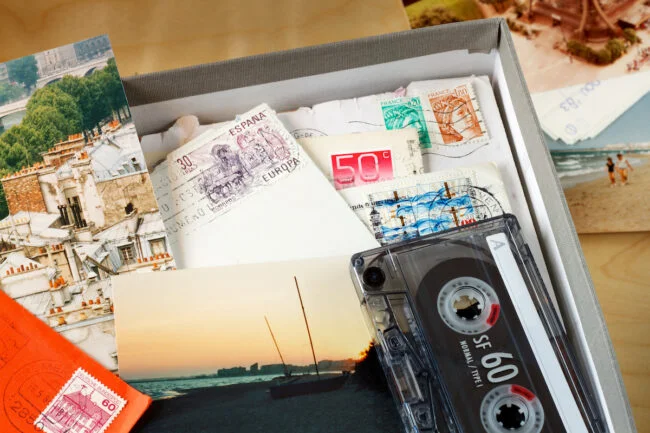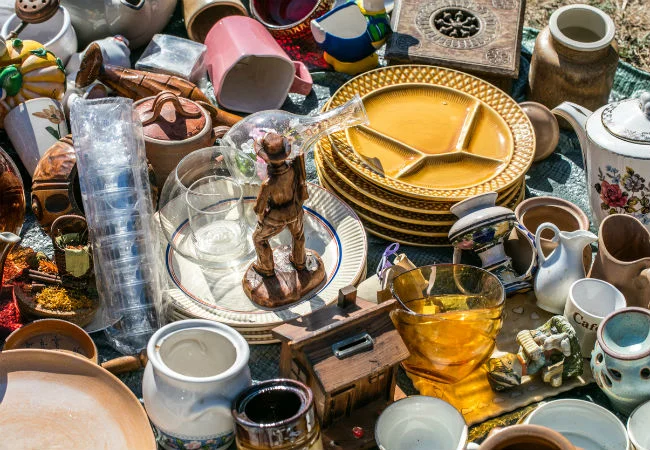In the mid-1980s, my late mother shocked my siblings and me by arranging all her cherished possessions—china, crystal, knickknacks—and instructing us to select what we wanted. Anything left behind would be donated to charity. Back then, I found it morbid, but today, it aligns with the global trend of Swedish death cleaning—a decluttering approach introduced in Margareta Magnusson’s 2018 bestseller, “The Gentle Art of Swedish Death Cleaning: How to Free Yourself and Your Family from a Lifetime of Clutter.”
Despite its seemingly grim name, Swedish death cleaning, or döstädning (dö meaning “death” and städning meaning “cleaning” in Swedish), is not about morbidity. It’s a methodical way to deal with one’s possessions before passing, sparing loved ones from the burden of managing an overwhelming array of belongings. Magnusson’s approach encourages appreciating each item and sharing treasured possessions with others while still alive.
So, what exactly is death cleaning? According to Magnusson, it involves evaluating all belongings and deciding what to discard. Unlike other decluttering methods, death cleaning is portrayed as a gentle, gradual effort rather than a frantic purge.
Here are some key principles of Swedish death cleaning:
Don’t procrastinate: Start the process early, especially as you approach retirement. It’s about ongoing organization rather than last-minute chaos.
Begin with non-sentimental items: Instead of tackling sentimental items first, start by purging unused items from storage. Evaluate linens, clothes, and accessories you rarely use, and ask yourself if anyone would be happier if you kept them.
Regift unwanted items: Address your “ugly cabinet,” filled with unwanted gifts. Don’t hesitate to donate or regift these items to others who may find joy in them.

Involve loved ones: Allow friends and family to choose mementos from your belongings. This ensures a smoother process and prevents conflicts or surprises later.
Communicate your wishes: Clearly express who should receive your valuable possessions and heirlooms. Consider adding an addendum to your will or creating a video explaining your decisions.

Keep keepsakes manageable: Reserve a small box for personal mementos. Digitize photos and documents to save space and create backups for preservation.
Slow and steady: Death cleaning is an ongoing process, not a one-time task. Take it room by room, with breaks in between, to avoid feeling overwhelmed.
Embracing Swedish death cleaning can lead to a more organized and less cluttered life, benefiting individuals of all ages. By adopting these principles, you not only ensure a smoother transition for your loved ones but also enjoy the satisfaction of decluttering and appreciating the things that truly matter. In the end, it’s about finding joy in simplicity and leaving behind a legacy of thoughtful choices.
As I reflect on my mother’s actions, I now see the wisdom in her approach. Rather than burdening us with a mess to clean up, she distributed her possessions, witnessing them being cherished by our families. Far from morbid, it was a thoughtful way to share and celebrate a lifetime of memories.
image source : istockphoto










